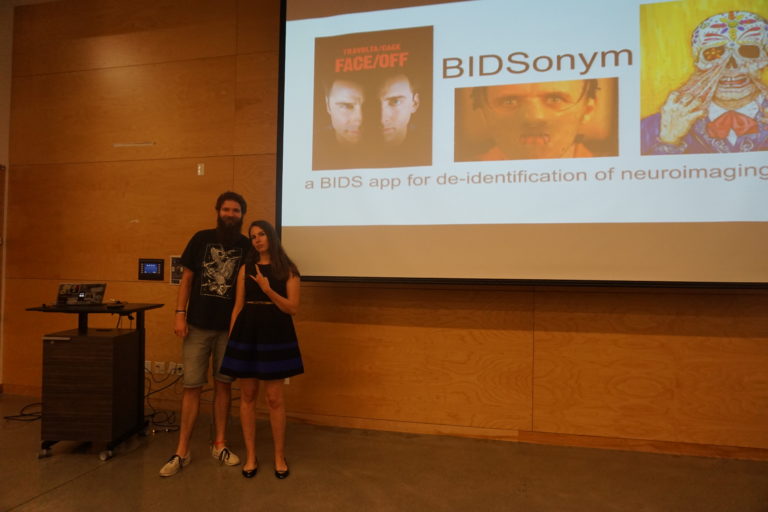
bidsonym
A BIDS app for de-identification of neuroimaging data

A BIDS app for de-identification of neuroimaging data
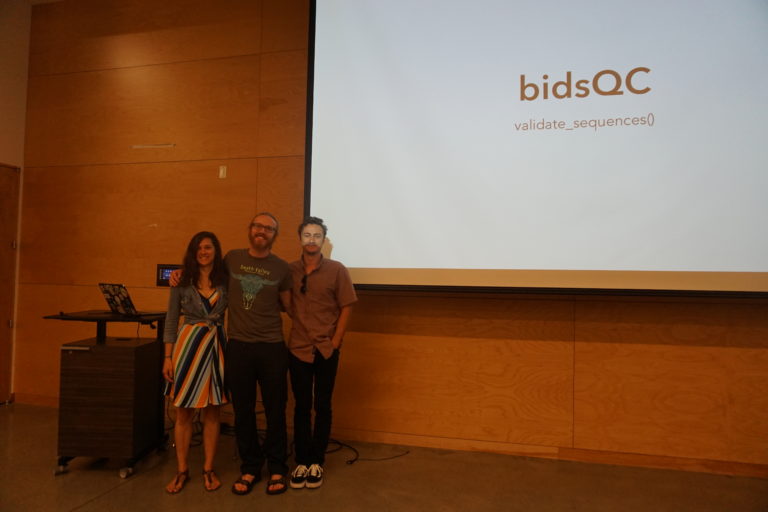
Add a validate_sequences() module to pybids that creates user-friendly summary data frames to check whether a BIDS data set: 1. Contains any files with duplicate content. 2. Is missing files that are expected to exist. 3. Has more files than are expected for a given subject.
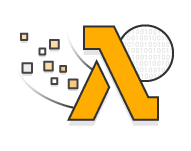
AWSome stuff, but not really, it’s more like rAWSignal or nAWSombody else should figure out AWS Lambda Team: Daniel Moyer
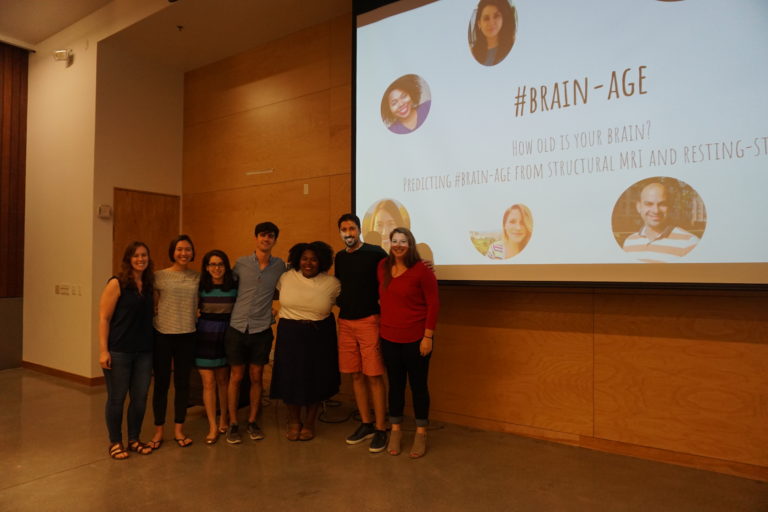
How old is your brain? The current project implements Support Vector Regression (SVR) to predict #brain-age from structural MRI and resting-state fMRI separately in neurotypical and clinical populations.

Paper

Slides
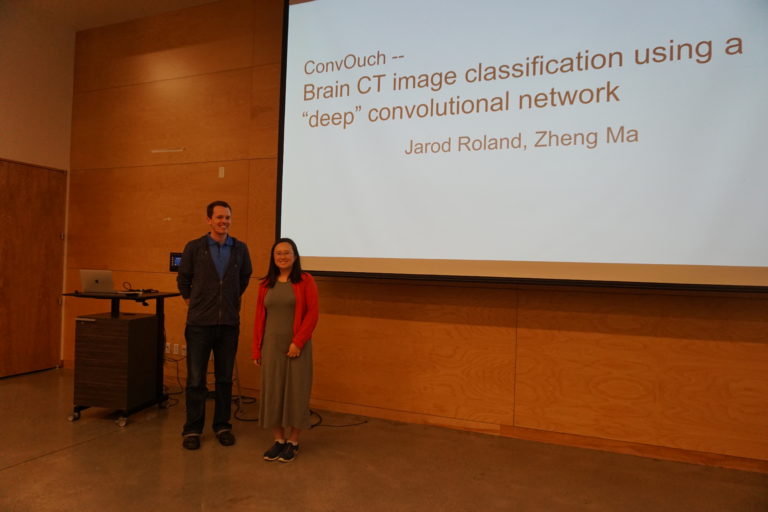
Train a simple convolutional neural network to classify brain CT images has having an intracranial hemorrhage or not. Determine and select usable scans and organize them in the BIDS format

This is a text mining project that uses automatic web scraping of relevant literature given terms of interest from the Cognitive Atlas (Poldrack et al., 2011). It includes a few tools from natural language processing to analyse and visualize the resulting corpus of literature. Contributors: Tom Donoghue, Ayala Allon, Basak Kilic, Eric Reavis, Mengya Xhiang, […]
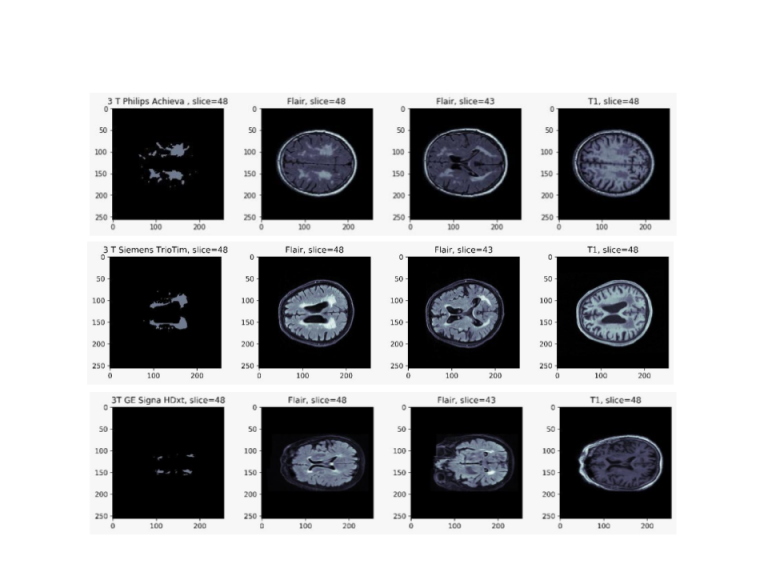
Contributors: @mikhail, @dewarren Slides
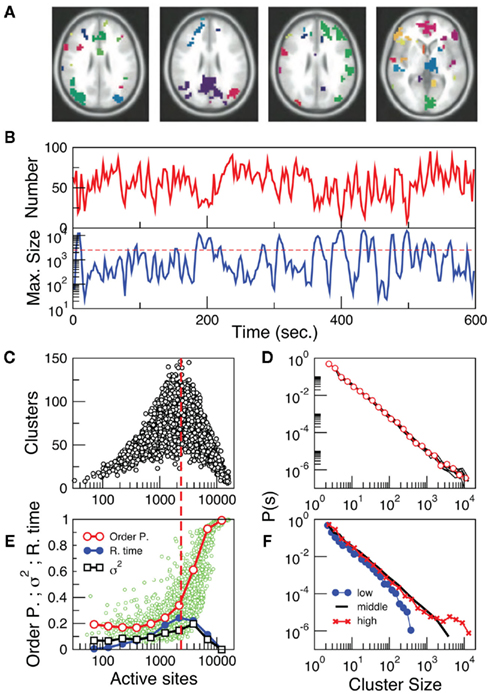
A Python package for doing point process analyses on fMRI data. Built at Neurohackweek 2017 by: Asier Erramuzpe Jessica Dafflon Dan Lurie Brian Roach
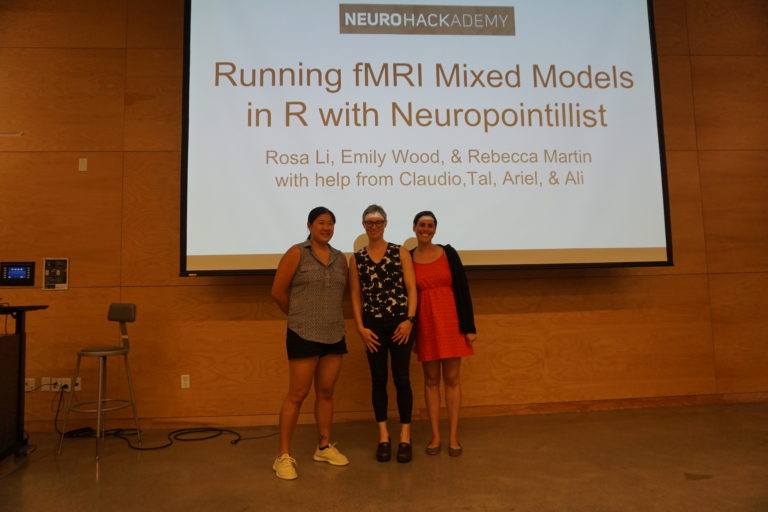
Expanding and creating tutorials for existing Neuropointillist project; adding some code to facilitate Neuropointillist use

A Python package for doing point process analyses on fMRI data.

A meta-project for examining Neurohackademy by the (wildly oversimplified and non-representative) numbers

Flexible script(s) development for easy model building Give us: CSV file with Subject IDs and Labels We’ll give you: Trained model(s) Performance metrics Predictions NIfTI weight maps Scikit learn implementations of whole-brain classifiers Template system that can be used by others to incorporate additional models Easy to “drop into” cloud-computing analysis frameworks (or use locally)

Best practices for preprocessing with kid data using the ABIDE data, validation, machine learning, stuff, etc. Slides

Loops are Evil!? Avoid Loops!? We listen or read this affirmation everywhere. The goal is to learn Numpy advanced features and see the benefit/drawback. We decide to implement a denoising algorithm (non local means – 6 loops) without any loop.

Team members: Anisha, Dylan, Kesshi, Alejandro Slides
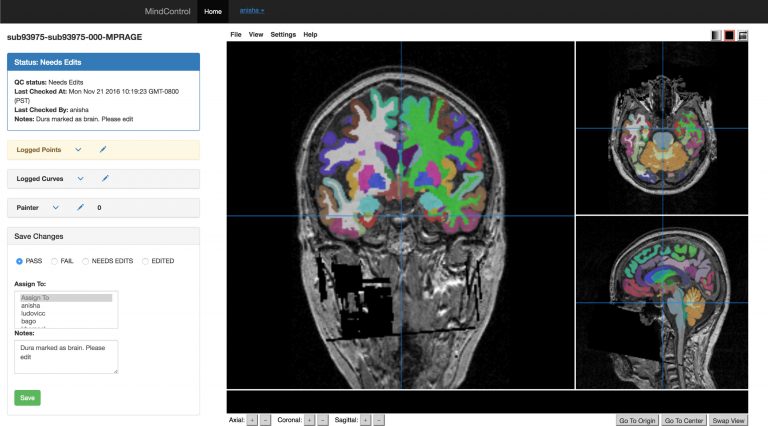
Paper
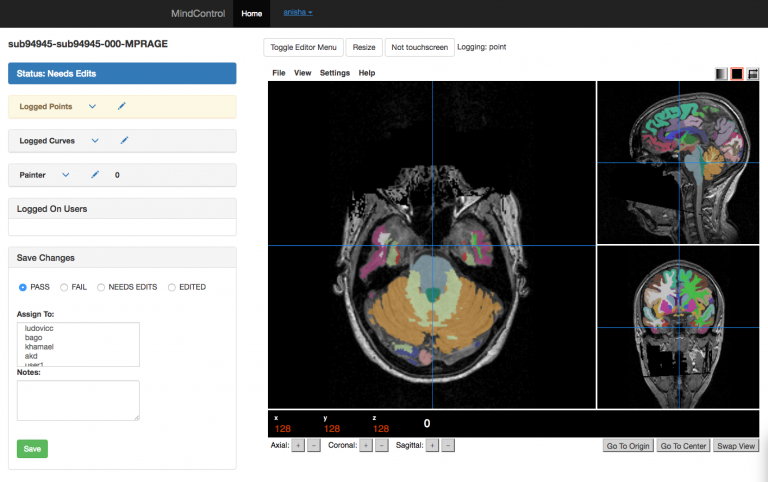
NeuroImage is a next-gen web viewer for visualization of neuroimaging data. Or at least it will be, one day. Maybe.
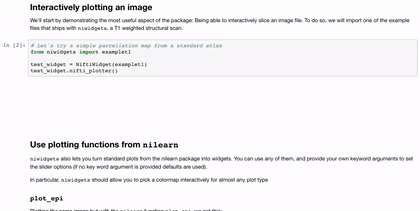
This provides easy and general wrappers to display interactive widgets that visualize standard-format neuroimaging data, using new functions and standard functions from other libraries.
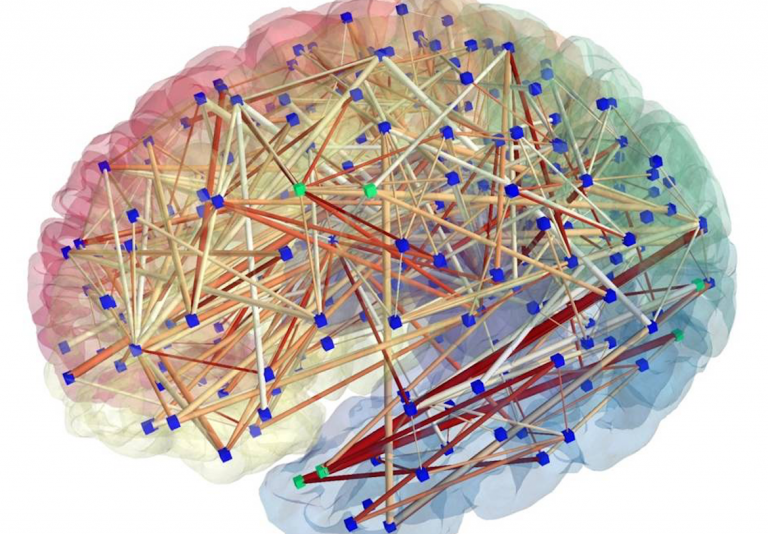
https://nibetaseries.readthedocs.io/en/latest/
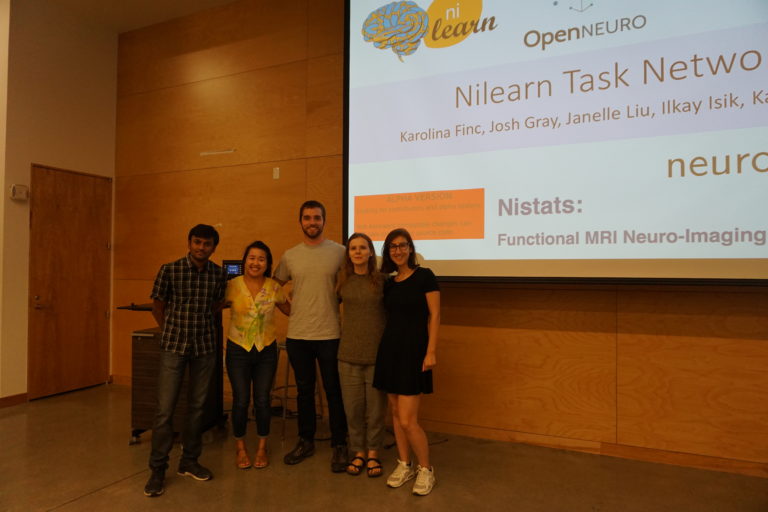
Building a pipeline and tutorial for task fMRI analysis from nistats to nilearn
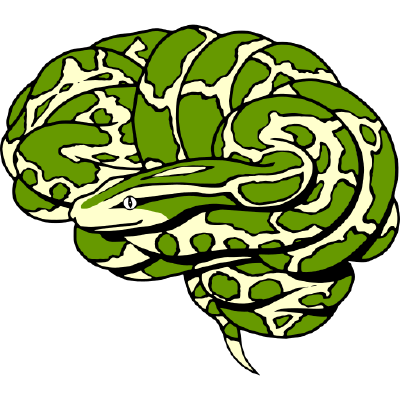
We dockerized PALS with a GUI, refactored PALS with nipype (in progress), incorporated ni-learn for QC images
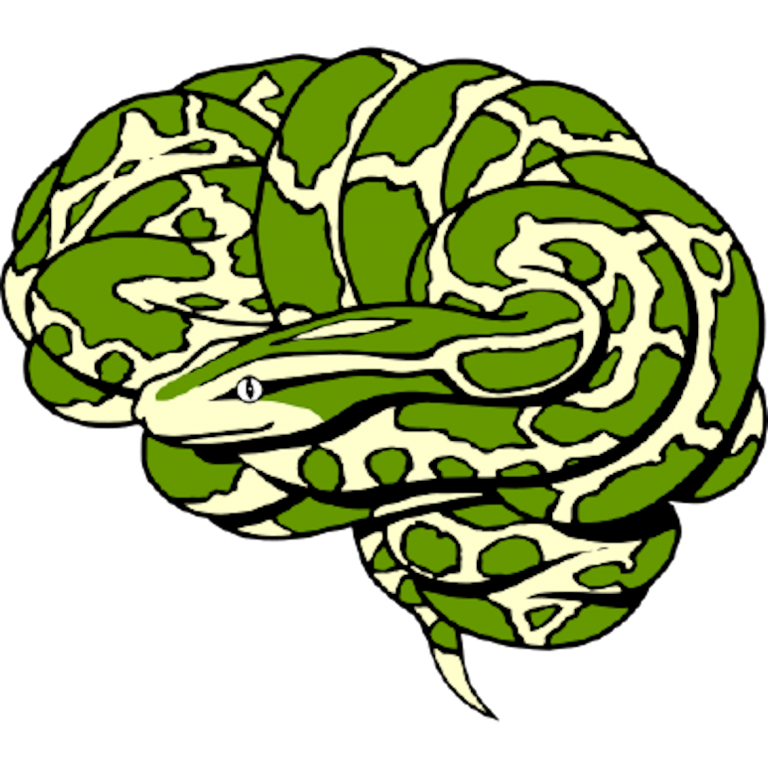
A nipype workflow for The Virtual Brain
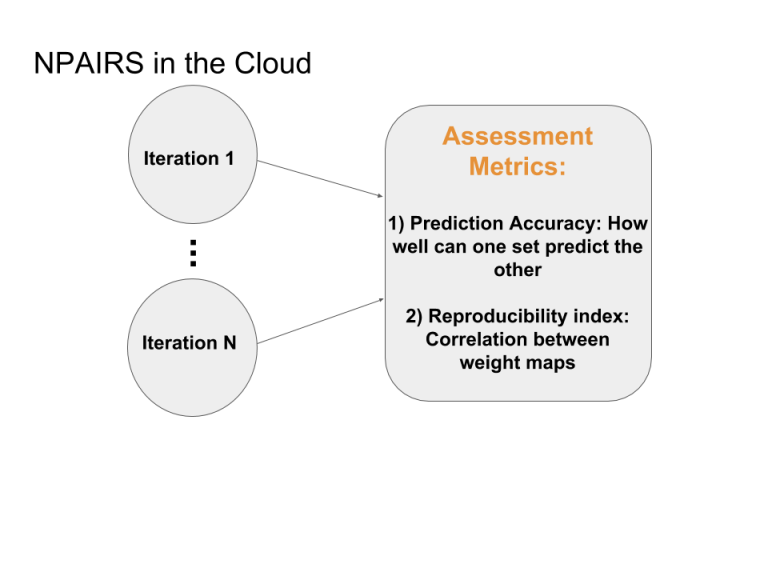
Slides
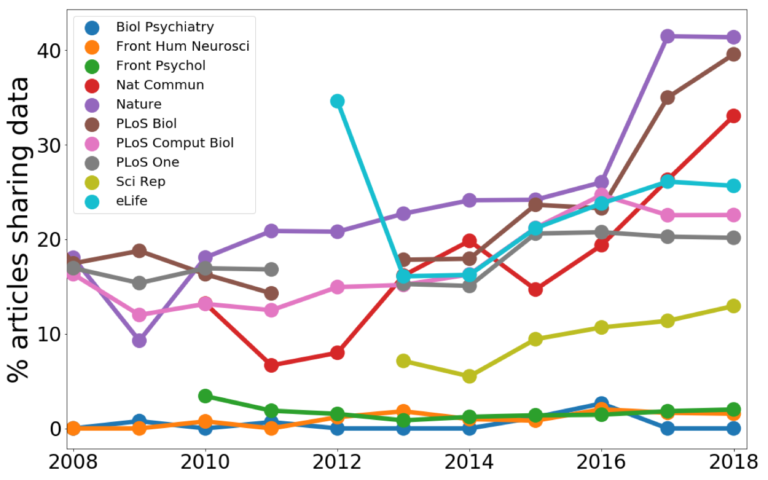
Open-access articles were scraped from the PubMed Central API. Their full-text was searched for keywords (and phrases) indicative of code and data sharing. The prevalence of code and data sharing (and preregistration) was computed as a measure of the “openness” of the research published in that journal (it’s “O-Factor”).

Create a Wikipedia for academic papers with a discussion forum
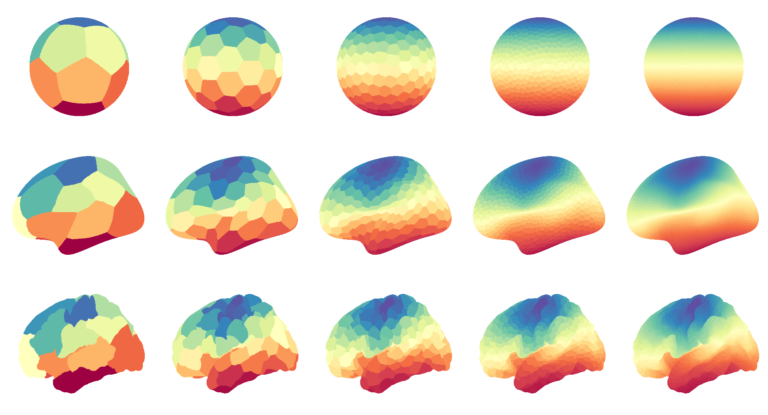
Fragments a surface mesh into N-equally sized annotation parcels. Besides looking beautiful, such surface parcellation could be used as feature extract for machine learning or functional connectivity approaches.

Team members: Chris, Tal + Sumedha
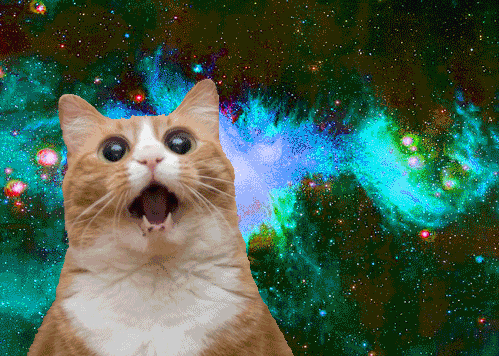
Slides
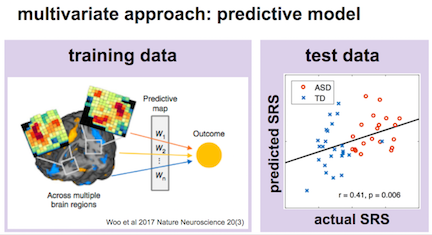
Interactive brain viewer and scatterplot visualization of univariate and multivariate neuroimage analyses.
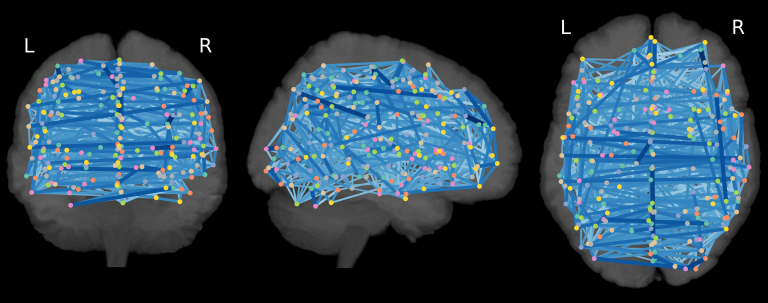
Team members: Derek, Grace, James, Aki, Josh
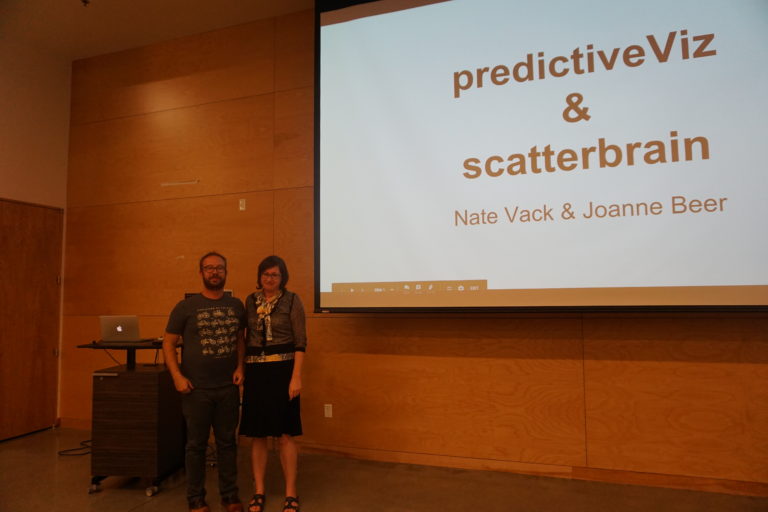
Interactive brain viewer and scatterplot visualization of univariate and multivariate neuroimage analyses.
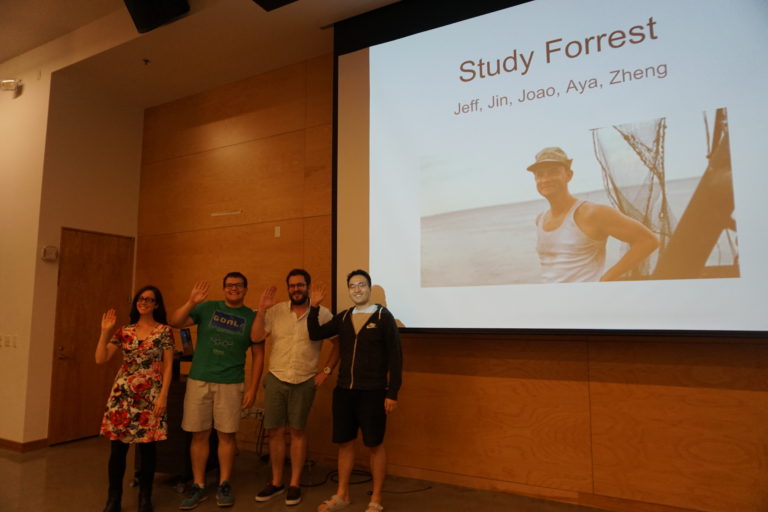
Broadly, examine how neural representations of characters and emotions are shared between observers, change with experience, and track with other aspects of physiology.

U-nets on T1 to T2, and HCP interactive tool
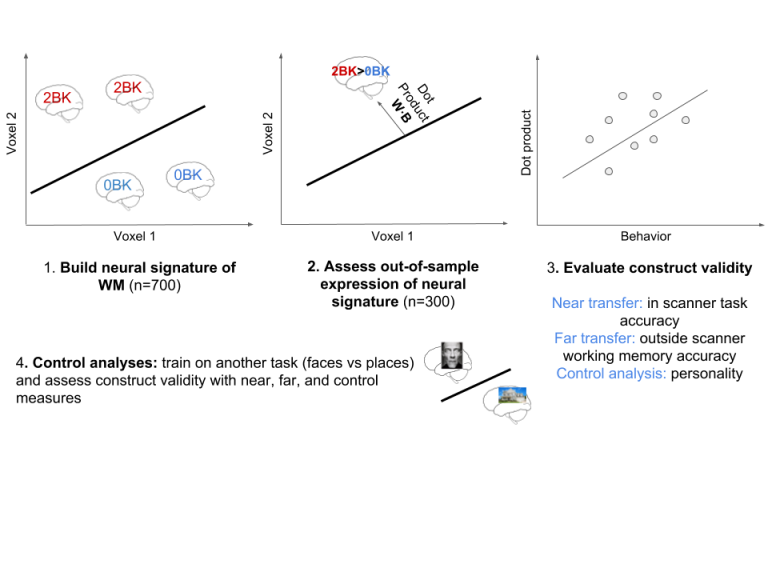
Team members: Patrick, Dani, Kevin, Jeanette, Sumedha, Gary, Thomas, Julia Slides
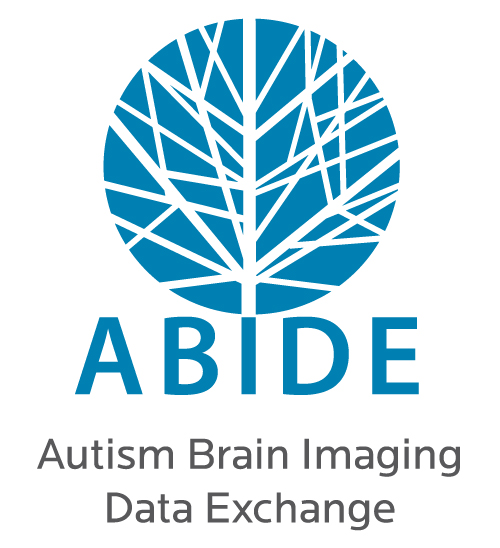
Team members: Shruti, Scott, Suyash, Dora